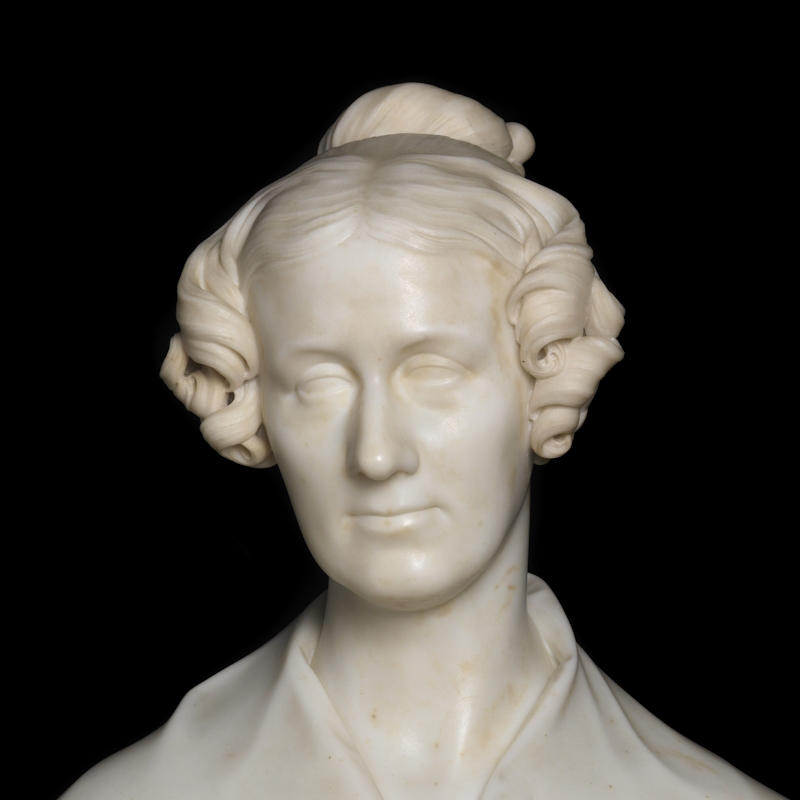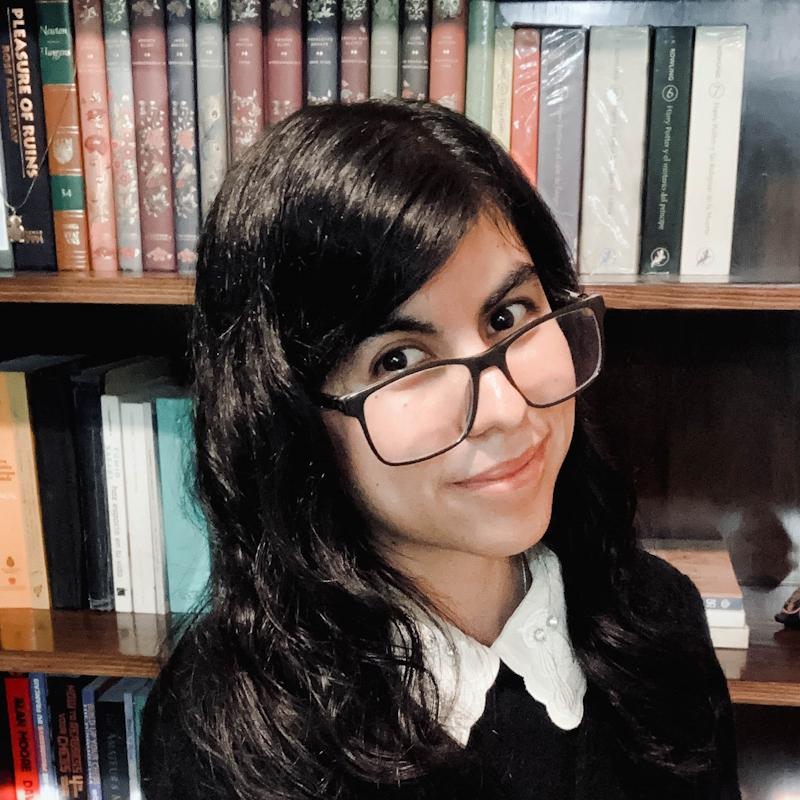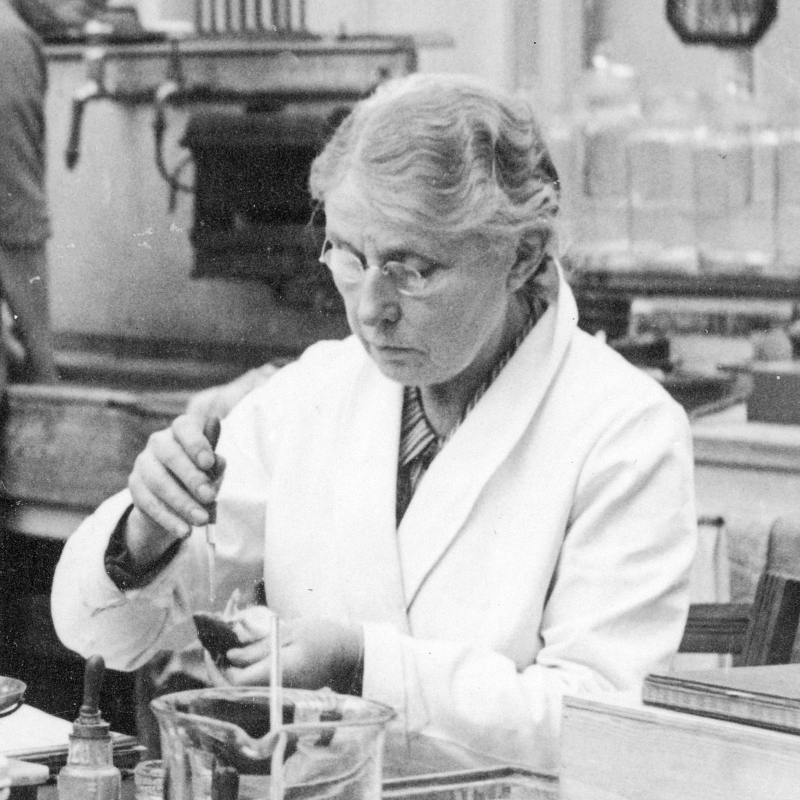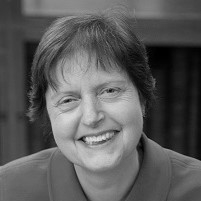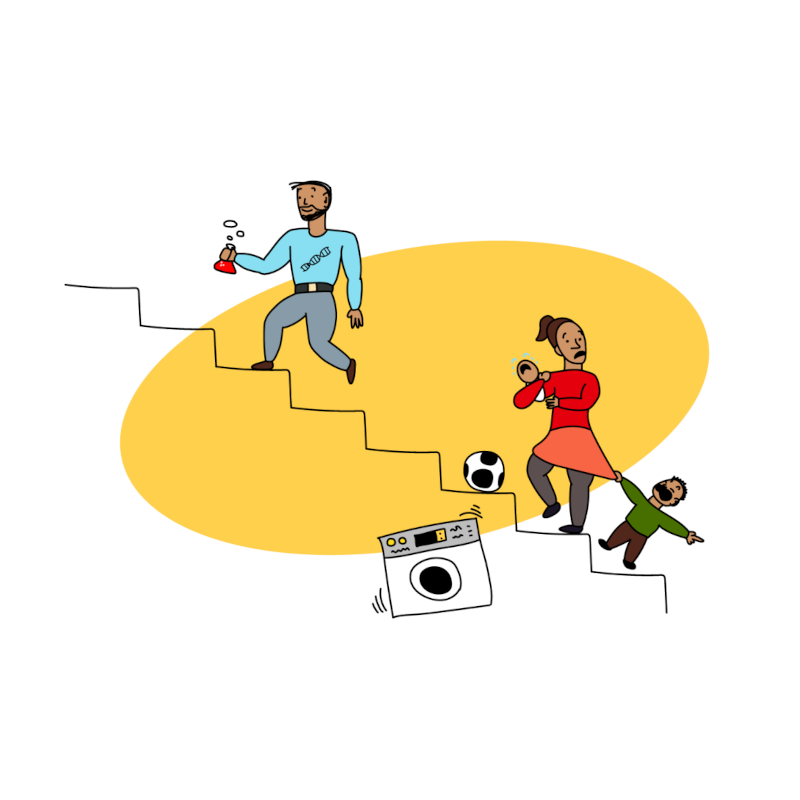Virginia Mills celebrates Stereoscopy Day by telling the story of Lady Mary Rosse, the photographer behind some extraordinary images in the Royal Society’s archives.

Wednesday 21 June is Stereoscopy Day! Inaugurated last year by the Brian May Archive of Stereoscopy, it celebrates the birth of artificial 3D technology on the anniversary of Charles Wheatstone’s paper on binocular vision, read at the Royal Society on this day in 1838.
Binocular vision is the mechanism through which we perceive depth, and Wheatstone’s stereoscope was the first instrument designed to trick our brain into seeing flat images in three dimensions, making it the precursor to 3D movies and virtual reality. You can find out more about the technology of the stereoscope, and how it was adopted and adapted for entertainment, science and the fledgling art of photography, in our online exhibition Stereoscopy: the birth of 3D technology:
This Stereoscopy Day I want to focus on one early practitioner of stereo photography: Lady Mary Parsons (née Field), Countess of Rosse (1813-1885). Lady Mary is seen seated here, with her family friend Mary ‘Minnie’ Senior. They are using a box stereoscope, a type popularised by Sir David Brewster FRS in the early 1850s.
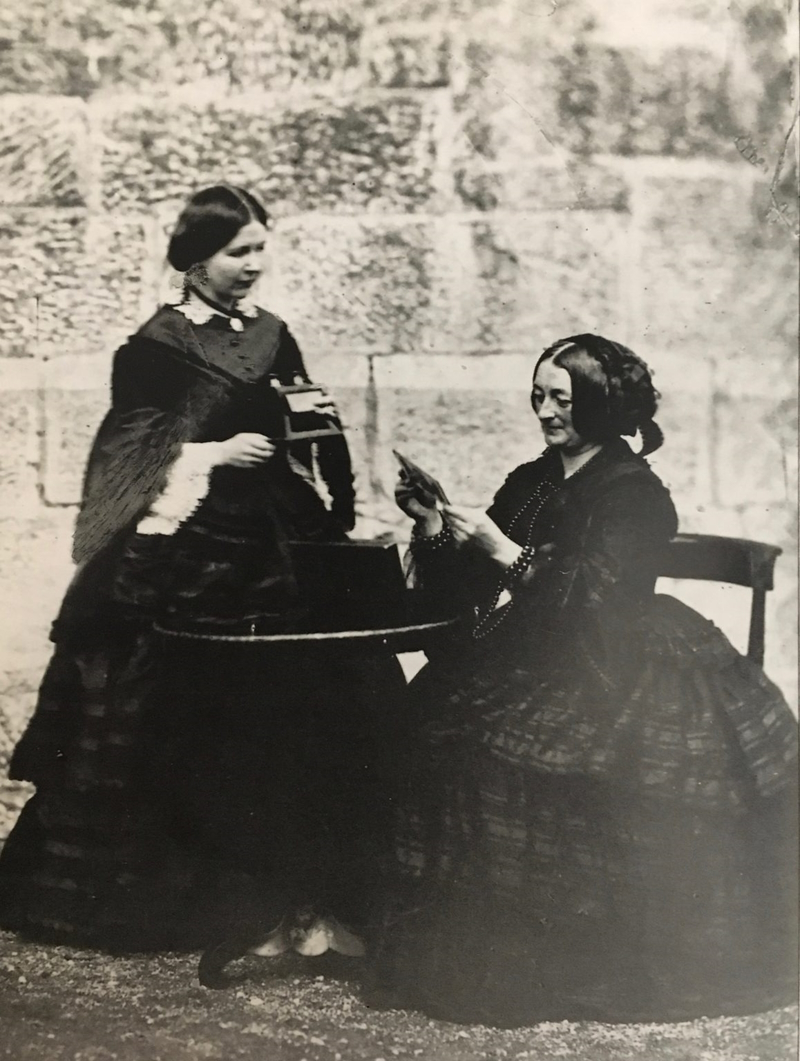 Image reproduced by permission of the Birr Castle Archives.
Image reproduced by permission of the Birr Castle Archives.
Lady Mary Rosse is the photographer behind some extraordinary images in the Royal Society’s archives, capturing what was the world’s largest reflecting telescope:
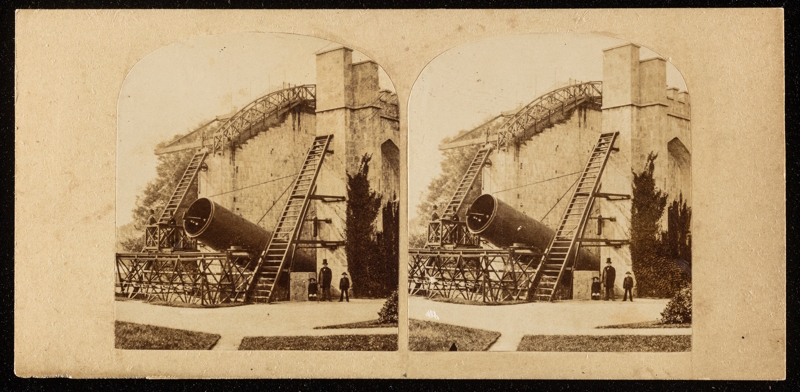
Completed in 1845 by Lady Mary’s husband William Parsons, 3rd Earl of Rosse (later President of the Royal Society from 1848 to 1854), and located at the Parsons family seat of Birr Castle in Ireland, the huge telescope was known as the ‘Leviathan of Parsonstown’. The tube measured 54 feet (16.5m) in length, and was a good choice to experiment with producing a dramatic 3D effect. This was achieved by taking two photographs from a slightly different angle, which our brains perceive as one image with depth when viewed through a stereoscope.
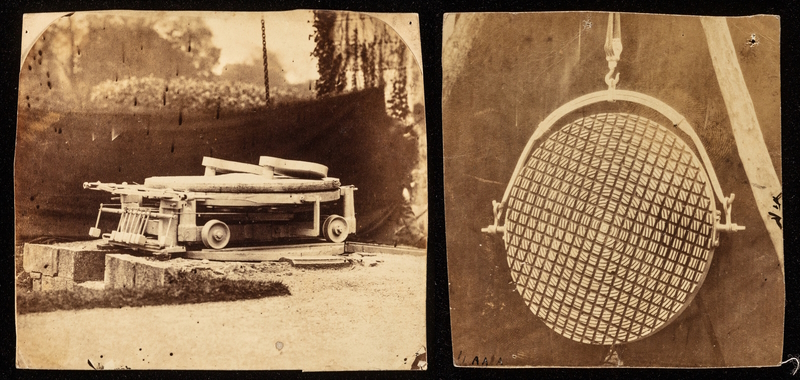 Six-foot speculum on an iron rail cart (left) and the grinding tool used to make it (right)
Six-foot speculum on an iron rail cart (left) and the grinding tool used to make it (right)
The photographs of the Leviathan came to the Royal Society in 1861, accompanying an account by Lord Rosse of his new observations of nebulae made with the record-breaking telescope, and the process he developed for casting the speculum. This metal mirror was of unprecedented size at six feet in diameter, and it gives an idea of the scale of the undertaking when Lord Rosse relates that the iron grinder used to make the lens weighed over a ton. Once moulded, it took 16 weeks of smouldering in a peat fire to cure before rigorous polishing could begin. Two specula were made initially so that while one was being maintained (more polishing!) the other could be installed and the telescope remain in use.
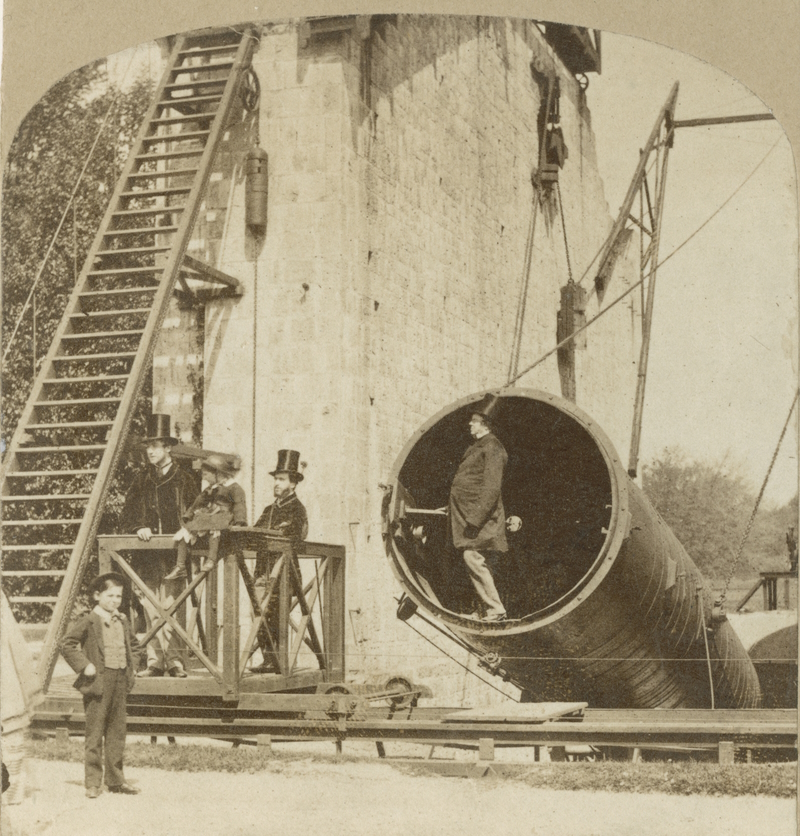 Lady Mary’s photograph of her husband inside the tube as he prepares to remove the cover from the large mirror playfully captures the size of the instrument. Two of her young sons watch on.
Lady Mary’s photograph of her husband inside the tube as he prepares to remove the cover from the large mirror playfully captures the size of the instrument. Two of her young sons watch on.
The vast instrument required brick walls each side to support the complex mechanisms used to position it for observations. Below is a stereograph showing the crane carrying the eastern counterpoise. The image shows the guide wheel, pulley system and other features, with the main tube of the telescope held in an almost fully upright position.
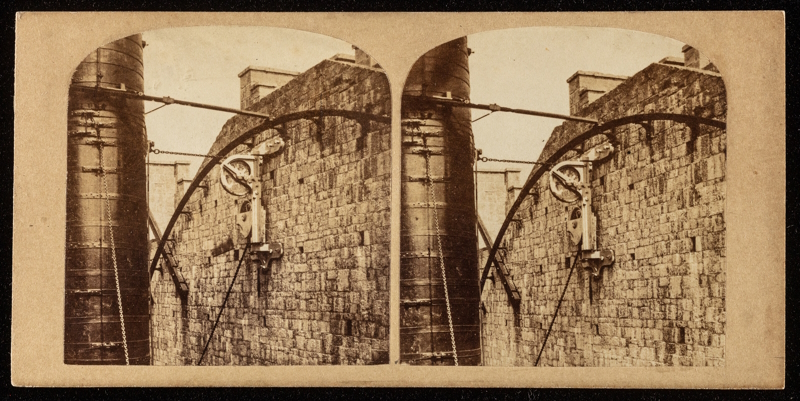
The lengthy, expensive process of constructing the Leviathan was financed by Lady Mary’s personal fortune. The power of the telescope allowed her husband and his team of assistants to observe for the first time that some nebulae are spiral-shaped. One mirror survives in the collection of the Science Museum in London, along with some other elements from the original telescope, which has also been reconstructed at Birr Castle Historic Science Centre.
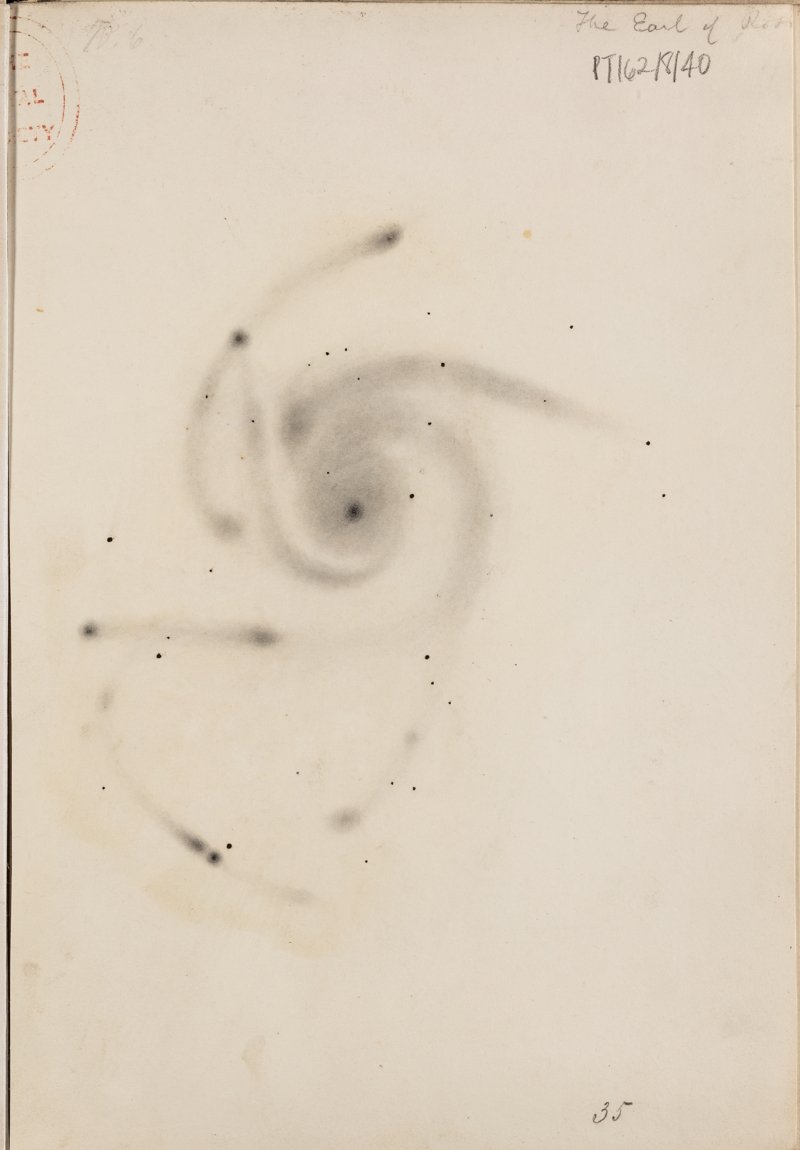
Lord Rosse’s paper was published in the Philosophical Transactions of the Royal Society in 1861. Although his wife is not mentioned, the photos that accompany the original manuscript in the archive have been attributed to her. Lady Mary’s early adoption of photography in 1854 is well documented, including the story of how she took over a darkroom (which still survives at Birr Castle) used by Lord Rosse for his attempts at lunar photography.
A letter from her husband to no less a person than the father of photography William Henry Fox Talbot FRS included some of Lady Mary’s early photographs, showing the great telescope. Fox Talbot recommended they be displayed at a Royal Photographical Society exhibition, so it seems she had a knack for it! And in photographing individual components of the telescope mechanism in stereo, Lady Mary realised one of Charles Wheatstone’s predictions for practical applications of stereoscopy: illustrating complex machinery and its workings.
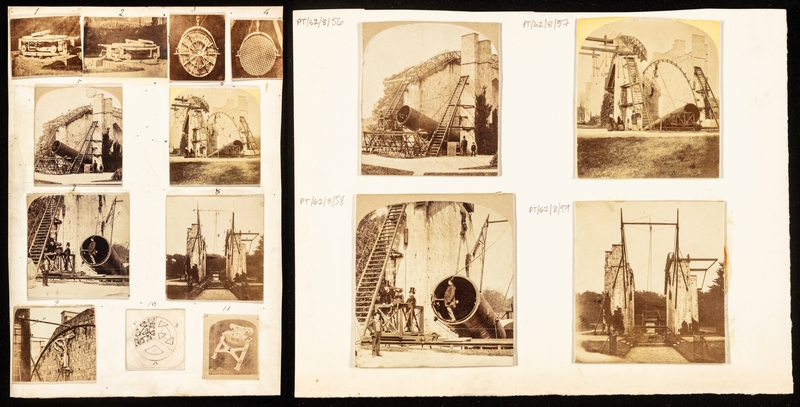 Mock-up of layout for published engravings using Lady Mary’s Rosse’s photographs (left), with the orphaned stereo pairs (right)
Mock-up of layout for published engravings using Lady Mary’s Rosse’s photographs (left), with the orphaned stereo pairs (right)
Lady Mary’s prints were not in the published paper, however: it was not yet possible to reproduce photographs in a way that would have been economical for a journal. The images in the Philosophical Transactions are engravings by the artist James Basire which used the photographs as a reference. Several that were originally stereoscopic pairs have been separated and used to create the layout of the engravings.
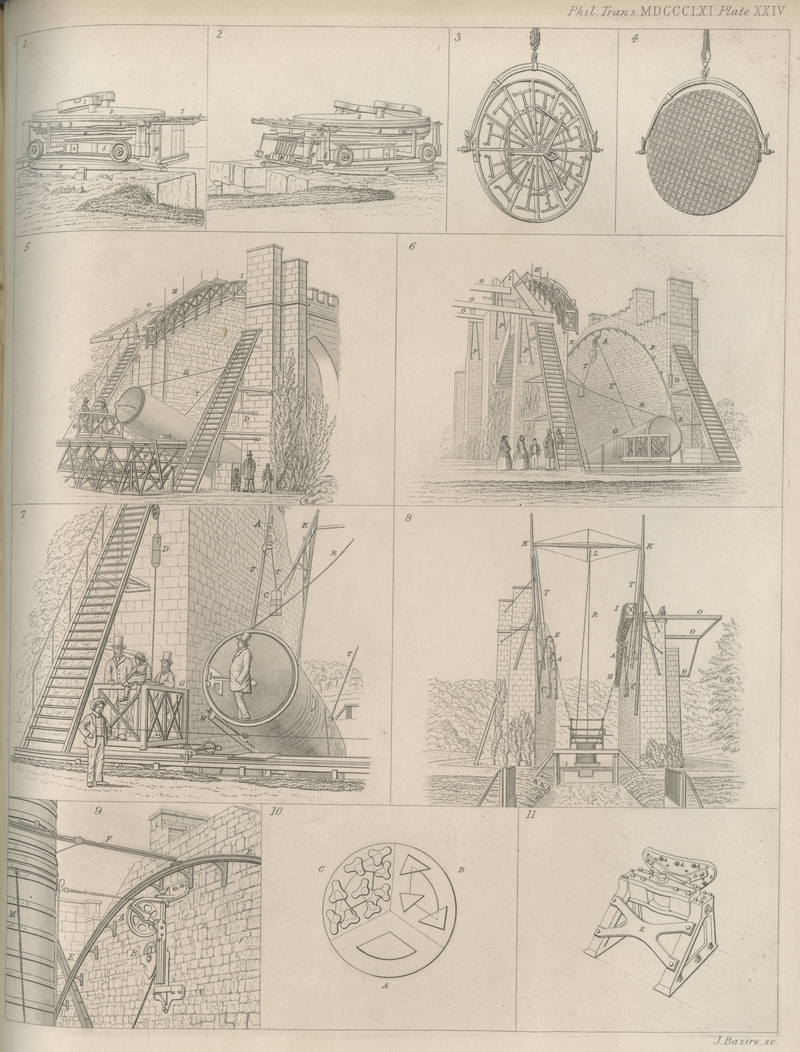
Basire‘s engravings do not appear in stereo. With images as complex as these, the 3D effect would have been difficult, though not impossible, to reproduce in a pair of drawings as it demands great accuracy. And, of course, they would have required the reader to use a viewer.
Despite the absence of Lady Mary from the Philosophical Transactions paper, she is increasingly recognised as a significant figure in the history of photography. She was also a practical engineer, casting the gates of Birr Castle at the same forge used for the Leviathan’s specula; some biographers have conjectured that she may have participated in the creation of the specula as well. Her early education encompassed astronomy (unusually for a woman), but she does not seem to have been an active user of the great telescope – though any contributions she might have made would not necessarily be recorded or acknowledged, of course. Her photographs can be seen reproduced in full alongside her husband’s paper for the first time on our Science in the Making resource:
We’ve written plenty of blogposts highlighting women’s involvement with science and the Royal Society throughout the years they were barred from becoming professionals and Fellows – see The first lady’s comet and Digging for Dorothea, for example. Lady Mary Rosse was clearly engaged with emerging technologies like stereography and was part of the scientific firmament of the nineteenth century. As the great telescope attracted scientific visitors to Birr Castle, she would have met many of its luminaries - here's a 'Turning the Pages' digital version of the Birr Castle Observatory visitors' book, with Charles Babbage as the first signature. During her husband’s Presidency of the Royal Society regular soirées were hosted at their London home, with Fellows showcasing the results of their research.
Lady Mary was fortunate in family and wealth, and tenacious enough that she forged a place in science, engineering and innovation in her own right despite the widespread gender discrimination that could easily have deterred such pursuits. I am delighted to highlight some of her early photography to mark her achievements on Stereoscopy Day.


